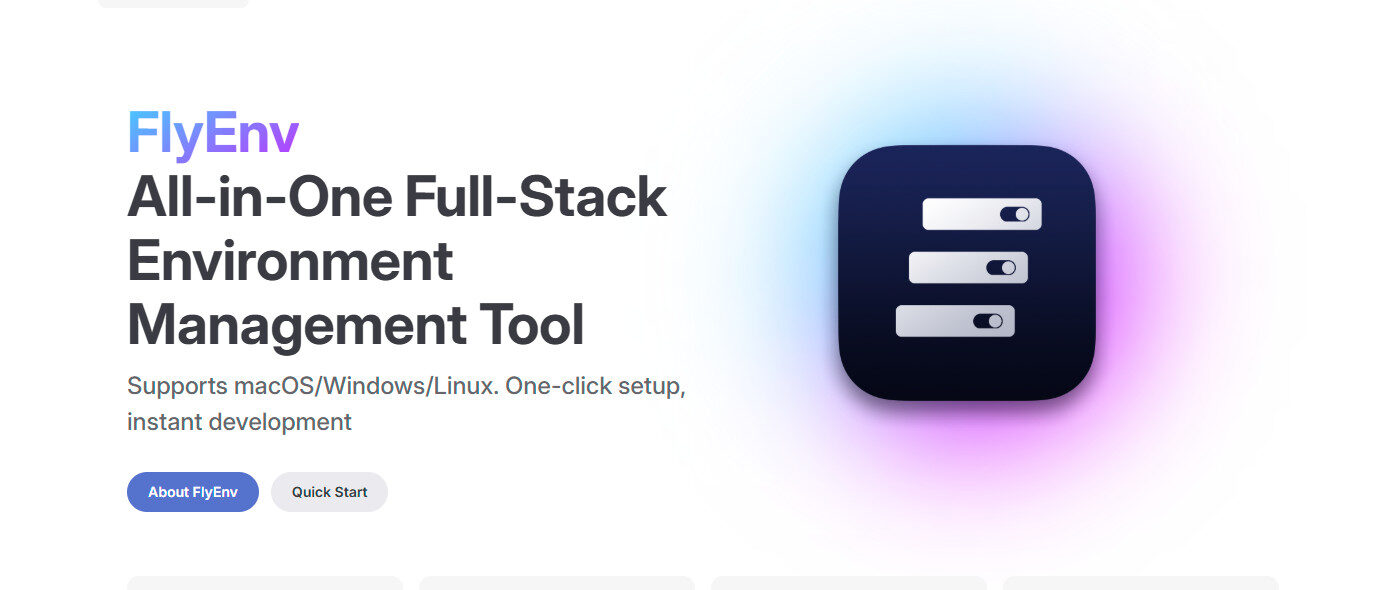Remote work isn’t going anywhere, yet many managers still struggle with how to track employees’ productivity. While invasive monitoring tools promise efficiency, they often undermine trust, engagement, and creativity. Research shows that not all monitoring is harmful—what matters is how it’s done. Here’s how to create a more effective and ethical monitoring strategy.
Engage, don’t just observe. Instead of relying on passive tracking software, prioritize regular check-ins through video calls, one-on-ones, or virtual “open door” hours. Use these meetings to gather updates, provide feedback, discuss progress, align on goals, and understand your employees’ perspectives.
Adapt to the job’s complexity. Creative and high-skill roles require autonomy and problem-solving, which can be stifled by constant surveillance. For these employees, interactional monitoring fosters trust and innovation, making them more likely to share ideas and collaborate.
Be transparent. Employees are more receptive to monitoring when they understand its purpose. To build trust and reduce resistance, explain the extent to which observational monitoring practices are being used, why, and how they benefit.


March 20, 2025



